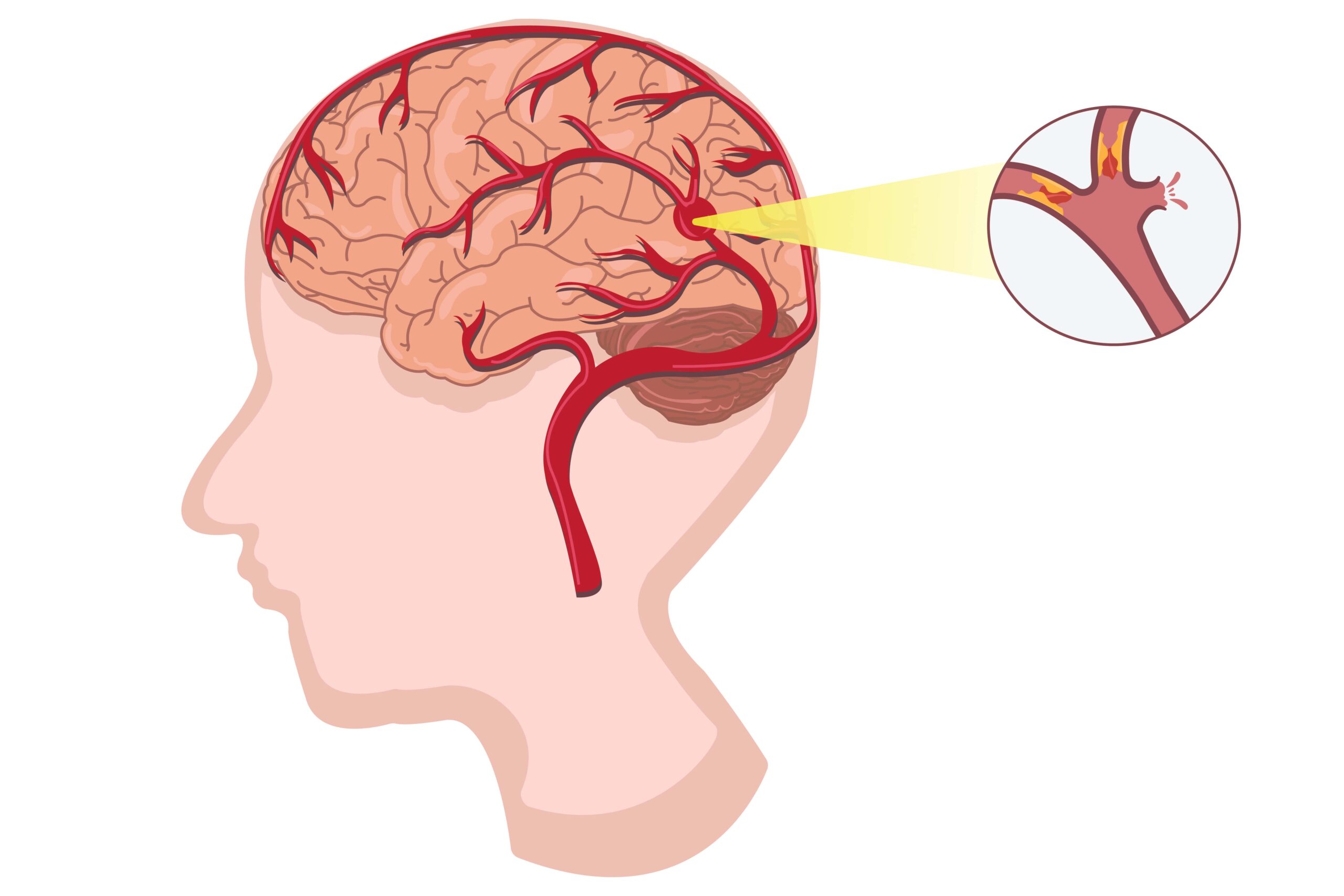A mini-stroke, medically known as a Transient Ischemic Attack (TIA), may last only a few minutes, but its impact can be lifelong. Though the symptoms of a TIA disappear quickly, it serves as a critical warning of a future full-blown stroke. According to Dr. Vivek Gupta, recognizing the signs of a mini-stroke early and taking preventive action can be lifesaving.
What Is a TIA?
A TIA occurs when there’s a temporary blockage in the blood flow to the brain. Unlike a full stroke, the blockage in a TIA clears up on its own without causing permanent damage. However, TIAs are not harmless—they are neurological emergencies that should never be ignored.
Recognizing TIA Warning Signs
The symptoms of a mini-stroke are similar to those of a major stroke but are short-lived, typically lasting less than an hour. Common TIA warning signs include:
- Sudden numbness or weakness in the face, arm, or leg (especially on one side)
- Trouble speaking or understanding speech
- Sudden vision problems in one or both eyes
- Difficulty walking or loss of balance
- Confusion and dizziness
If you experience any of these brain attack symptoms, seek medical help immediately—even if they go away quickly.
What Causes a Mini-Stroke?
TIAs are commonly caused by:
- Blood clots that temporarily block a blood vessel in the brain
- Atherosclerosis, or plaque buildup in the arteries
- High blood pressure, high cholesterol, and diabetes
- Irregular heart rhythms, such as atrial fibrillation
- Smoking and lack of physical activity
Understanding the risk factors for mini-strokes helps in planning prevention.
How Are TIAs Diagnosed?
Though symptoms resolve quickly, diagnosis is critical. Doctors often use:
- Brain imaging (MRI or CT scans)
- Carotid ultrasound to check for blockages
- Blood tests for clotting issues and cholesterol
- Heart tests (ECG or echocardiogram)
Early TIA diagnosis ensures timely intervention to reduce future stroke risk.
Treatment and Prevention
Treatment focuses on minimizing stroke risk:
- Medications: Blood thinners or antiplatelets
- Lifestyle changes: Healthy diet, quitting smoking, regular exercise
- Medical procedures: In severe cases, surgery to clear blocked arteries
Following these stroke prevention tips can drastically reduce the chance of a full stroke.
TIAs are small episodes with big warnings. They’re your body’s red alert that something needs to change. If you or a loved one experiences even mild symptoms, act fast. Prompt medical attention could prevent a life-altering stroke.
Protect your brain before it’s too late—schedule a consultation with us for personalized guidance and support.


Comments 0